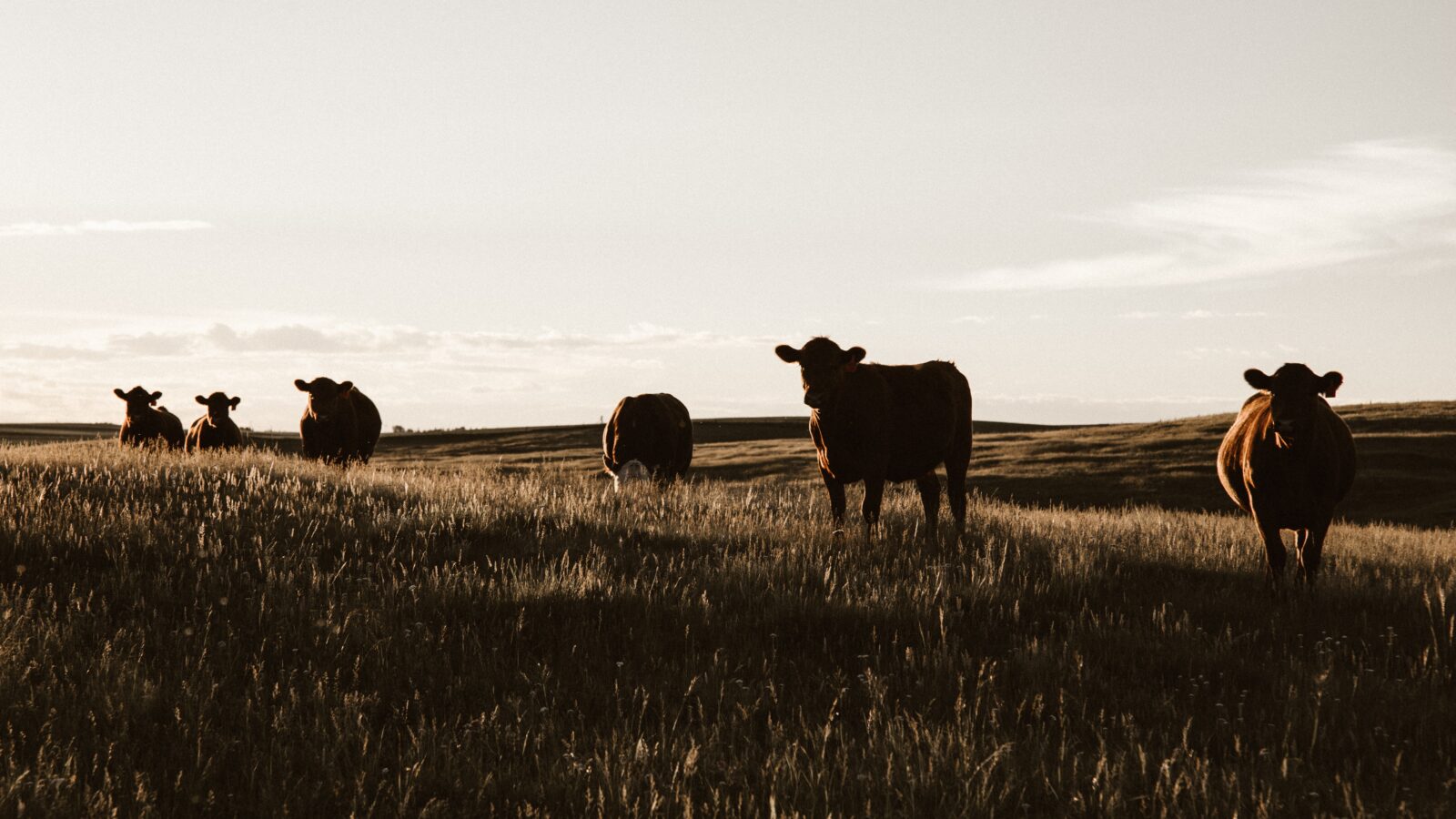
Cutting our use of leather would not stop cattle production. However, it would damage the environment, create more waste, increase greenhouse gases, and drive more demand for cheap, often polluting substitutes.
This is the conclusion of industry research, commissioned by the Leather and Hide Council of America (LHCA), after studying 25 years of government data.
Quantifying the Relationship Between US Cattle Hide Prices / Value and US Cattle Production, found that leather production was a by-product of meat and dairy production and exerts no direct influence on cattle numbers.
According to the report, if people stopped using or buying leather, it would lead to the burning or landfill disposal of more than 33 million unused U.S. hides. That, in turn, would generate more than 750,000 tonnes of CO2 emissions every year, and fill all U.S. landfill sites within 4 years.
Globally, this would see 300 million hides wasted and 6.6 million tons of surplus emissions every year.
Dr. Gary W. Brewster, Professor Emeritus at Montana State University, and co-author of the research project said: “This report economically establishes that hides are a by-product of the dairy and meat industries, not a driver. It also shows that ending the use of leather would not stop cattle production.
“In fact, there is a strong case to be made that the carbon footprint of the hide starts at the point of purchase from the suppliers. Indeed, one might argue that processing hides into leather delivers a net carbon saving against alternative means of disposal.”
The U.S. leather industry is helping cattle ranchers target zero waste by currently recycling 85 percent of cattle hides produced, compared to a worldwide estimate of just 60 percent.
Data also showed that despite hide prices falling by more than 50 percent in the last 25 years, cattle numbers are unchanged.


